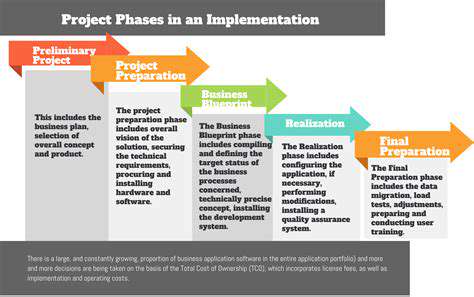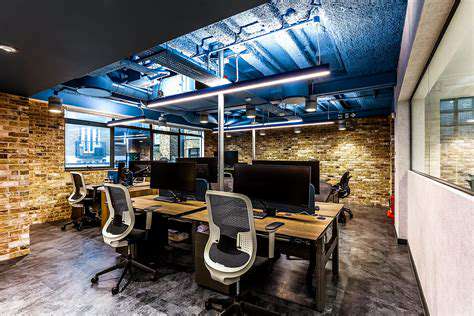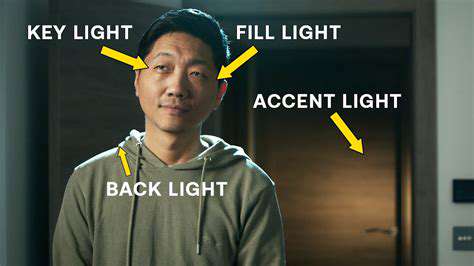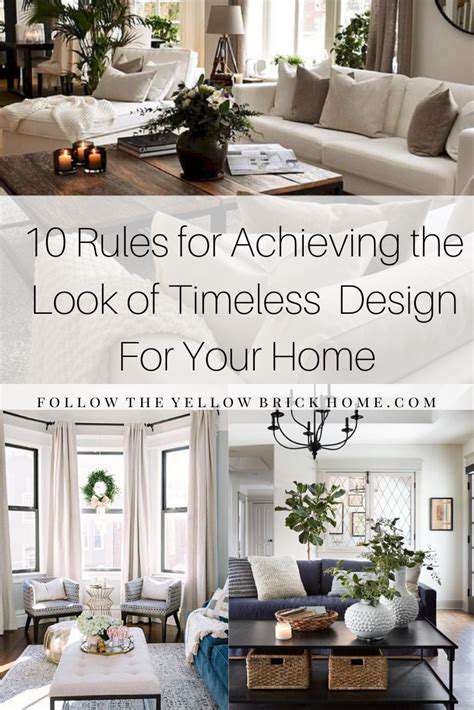Affordable Home Design Services for Beginners
Defining Your Needs and Wants
Before making any design decisions, it's critical to carefully evaluate your needs versus your wants. Understanding how you live and what you truly require from your space makes all the difference. Think about who will use the space, what activities will happen there, how much storage you'll need, and whether you might want to make changes later. Separating essentials from luxuries helps you spend wisely, avoiding overspending on unnecessary features while making sure you don't skimp on what matters most.
Each room has a purpose, and identifying that purpose is key. Kitchens need enough counter space and storage, while bedrooms require comfortable beds and adequate closet space. When you know exactly what each area must do, you can better estimate material and labor costs—essential for sticking to your budget.
Setting a Realistic Budget
A detailed budget is the backbone of any successful project. Don't guess—research and calculate every expected cost, including materials, labor, permits, and surprises. Breaking costs down by category gives you a clear financial picture and helps avoid nasty surprises later.
Look into financing options, but be cautious. Loans can help, but understanding interest rates and repayment terms is crucial to avoid financial stress. Always know what you can realistically afford before committing.
Researching Affordable Materials and Resources
Quality doesn’t always mean expensive. Consider reclaimed wood, repurposed items, or budget-friendly alternatives like laminate or engineered wood. Local suppliers, online marketplaces, and DIY options can offer great deals. Creativity in sourcing materials can save you a fortune. Sometimes, the best finds are hidden in thrift stores or discount sections.
Creating a Timeline and Managing Expectations
A clear timeline keeps your project—and budget—on track. Break tasks into smaller steps with deadlines to stay organized. Expect setbacks and adjust as needed. Good time management prevents rushed work or delays that inflate costs.
Finding Affordable Design Inspiration
Finding Budget-Friendly Design Ideas
You don’t need a luxury budget for a stunning home. Affordable inspiration is everywhere—online blogs, social media, thrift stores, and antique shops can spark ideas without draining your wallet. Small changes, like updating light fixtures or adding a fresh coat of paint, can transform a room for very little cost.
Leveraging Free Resources
The internet is packed with free design tools, templates, and tutorials. Use them to create mood boards, pick color schemes, or plan layouts. Online communities let you connect with other designers and learn from their experiences. Local libraries often host free workshops—take advantage of them.
Exploring Affordable Materials and Alternatives
Get creative with materials. Repurpose old furniture, hunt for unique pieces at flea markets, or use faux finishes for high-end looks at low costs. An old dresser can become a stylish storage unit with some paint and new handles. Affordable doesn’t mean cheap—it means smart.
Understanding Your Style and Needs
Before diving into design, think about what you really want. What’s your style—modern, rustic, bohemian? How will each room function? Knowing this helps filter through endless options and keeps you from impulse buys that don’t fit your vision.
DIY Design: Embracing Your Inner Decorator
Unleashing Your Creativity: The Power of DIY
DIY isn’t just about saving money—it’s about making a space uniquely yours. Whether painting furniture or arranging plants, the satisfaction of creating something yourself is unbeatable.
Budget-Friendly Materials: Finding Value in Everyday Items
Thrift stores and flea markets are goldmines for affordable materials. Look beyond an item’s current state—with some creativity, anything can be transformed. An old window frame can become wall art; a wooden crate can turn into storage.
Exploring Different Design Styles: Finding Your Aesthetic
Discover what styles resonate with you—minimalist, farmhouse, eclectic? Once you know, focus your DIY efforts in that direction. Your home should reflect you, not just trends.
Mastering Basic Design Principles
Learn color theory, balance, and proportion. These fundamentals turn simple updates into polished designs. A well-balanced room isn’t just pretty—it’s functional and comfortable.
Time Management and Organization
Break projects into small steps with deadlines. This keeps stress low and progress steady.
Sharing Your Creations
Document your DIY journey. Sharing online connects you with others, sparks new ideas, and builds a supportive community.
Utilizing Online Design Tools and Resources
Exploring Free Design Tools
Free online tools offer templates and basic editing features. They’re perfect for experimenting before spending money.
Leveraging Online Design Communities
Forums and social media groups connect you with designers and DIYers. Feedback from others can refine your ideas.
Utilizing Stock Photography and Graphic Resources
Free stock photos and vectors add polish without cost. Great visuals elevate your designs instantly.
Understanding Design Principles and Concepts
Learn the basics—color theory, typography, composition. This knowledge makes your choices more intentional and effective.
Finding Affordable Design Services
Freelance platforms offer budget-friendly professional help. Check portfolios and reviews to find the right fit.
Creating a Design Budget and Timeline
Plan every cost and set realistic deadlines. Staying organized prevents overspending and keeps projects on track.











